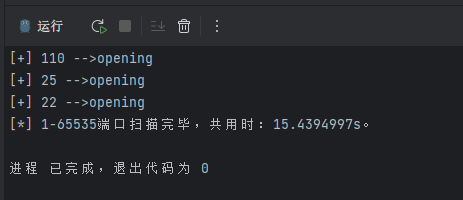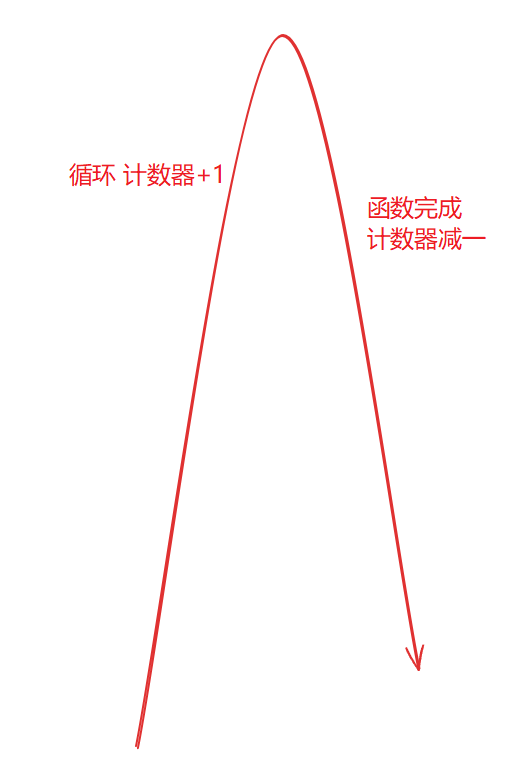前言
emm这里会记录下我学Go的一些小基础吧,毕竟之后肯定会接触Go,用一些简单的例子来解释一些内容,这里大家可以尝试以写端口扫描工具来感受下并发
并发机制
不并发
1
2
3
4
5
6
7
8
9
10
11
12
13
14
15
16
17
18
19
20
21
22
23
24
25
26
27
28
29
| package main
import (
"fmt"
"net"
)
func porter() {
for port := 0; port < 65535; port++ {
address := fmt.Sprintf("192.168.0.128:%d", port)
connect, connect_error := net.Dial("tcp", address)
if connect_error != nil {
fmt.Printf("[-] %d --> close\n", port)
continue
} else {
connect.Close()
fmt.Printf("[+] %d -->opening \n", port)
}
fmt.Println(address)
}
}
func main() {
porter()
}
|

可以说是龟速
goroutine并发
1
2
3
4
5
6
7
8
9
10
11
12
13
14
15
16
17
18
19
20
21
22
23
24
25
26
27
28
29
30
31
32
33
34
35
36
| package main
import (
"fmt"
"net"
"sync"
"time"
)
func porter() {
var wait_group sync.WaitGroup
time_start := time.Now()
for port := 0; port < 65535; port++ {
wait_group.Add(1)
go func(f_port int) {
defer wait_group.Done()
address := fmt.Sprintf("192.168.0.128:%d", f_port)
connect, connect_error := net.Dial("tcp", address)
if connect_error != nil {
return
}
connect.Close()
fmt.Printf("[+] %d -->opening \n", f_port)
}(port)
}
wait_group.Wait()
time_stop := time.Now()
time_def := time_stop.Sub(time_start)
fmt.Printf("[*] 1-65535端口扫描完毕,共用时:%v。\n", time_def)
}
func main() {
porter()
}
|

对上述代码进行理解,其实就是在循环当中每次循环计数器加一来起一个Goroutines 去执行我的匿名函数,相当于主线程在循环的当中多了很多独立的协程去跑我们函数体
如图 —> 还能开无数个 然后每个协程的任务完成后就计数器减一,(因为循环肯定比扫描快,所以肯定是先计数器完才到函数执行完)

计数器的流程

Goroutines是什么
Goroutines 可以看作是轻量级线程。创建一个 goroutine 非常简单,只需要把 go关键字放在函数调用语句前
channel是什么
他是一个用来实现多个goroutine之间数据共享的东西 比如goroutine1和goroutine2 这两个都是独立的 使用channel 通过管道连接在一起 达到数据共享,可以把goroutine1得到的内容给goroutine2







